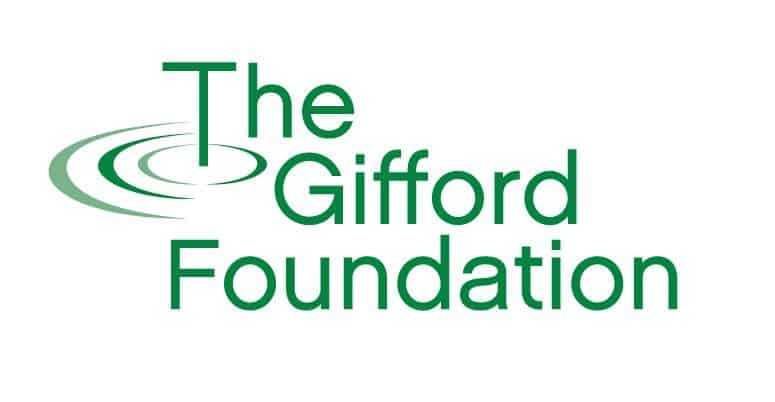Broadening Perspectives:
The Power That The Arts Hold
Published: February 1st, 2021
In 2018 I took a trip to Montgomery, Alabama to visit The National Memorial for Peace and Social Justice. It is partially dedicated to the 4,400 known victims of lynching in the United States and made national headlines when it first opened that same year. The other focus of the Memorial is mass incarceration: a system of control that serves as a modern form of the Jim Crow laws. These subjects were not new to me. The history of Black oppression in America is not only part of my own history, but something that I have studied for many years. I thought I would be more prepared for the experience, but I was wrong.

Sheena Solomon is the Executive Director of the Gifford Foundation.
What is so powerful about the Memorial is the way the information is presented. In one room big, rectangular, metal blocks that look almost like coffins hang from the ceiling. Each one has the name of a lynching victim along with the date, location, and other details of their death. Inside and outside the museum were statues of enslaved people in chains. It hit me that the organizers who designed this exhibit were using the arts to tell the story. The sculptures and even the cold, metal architecture of the building made the information come alive in a way that it hadn’t when I first read about lynching in my old history textbook.
This is the power of the arts. Whether it deals with something happy or sad, it makes us feel the information in a way that we normally couldn’t. It expands our understanding and our empathy, and is the starting point for many powerful and necessary conversations.
As Executive Director of The Gifford Foundation, I often have to make difficult decisions about where we put our resources. During a pandemic, the first things that usually come up have to do with health and human services like homelessness and food access. We have supported those needs, but we also have made sure that the arts have a seat at the table by contributing to the COVID-19 Arts Impact Fund as well as giving individual grants to organizations who applied to us for support. Art is an essential part of our community health and wellbeing. Just as food and medicine support our physical health, art supports our emotional health.
With this in mind, arts institutions also have to consider who they are choosing to nourish. Many communities have been historically excluded from the shows, exhibits, and other features that are offered each year. Can we be surprised if audiences of color are absent from museum halls and theater seats when their culture is consistently underrepresented? The consequences of this are profound, and impact the social and economic health of CNY. I applaud the arts organizations who are working to change this.
I’ve heard it said that people need a “third space”. If home is our first and work is our second, the third space is our stress relief. It could be the gym, a movie theater, dance class, or even a bar. For now, the pandemic has taken these away from us and we have to find those things at home. When it is safe, I hope we will all appreciate and celebrate the many “third spaces” that the arts offer us. I look forward to seeing you there.

Sheena Solomon, Executive Director
Subscribe to the Gifford Newsletter
Start enjoying our free quarterly publication today.


